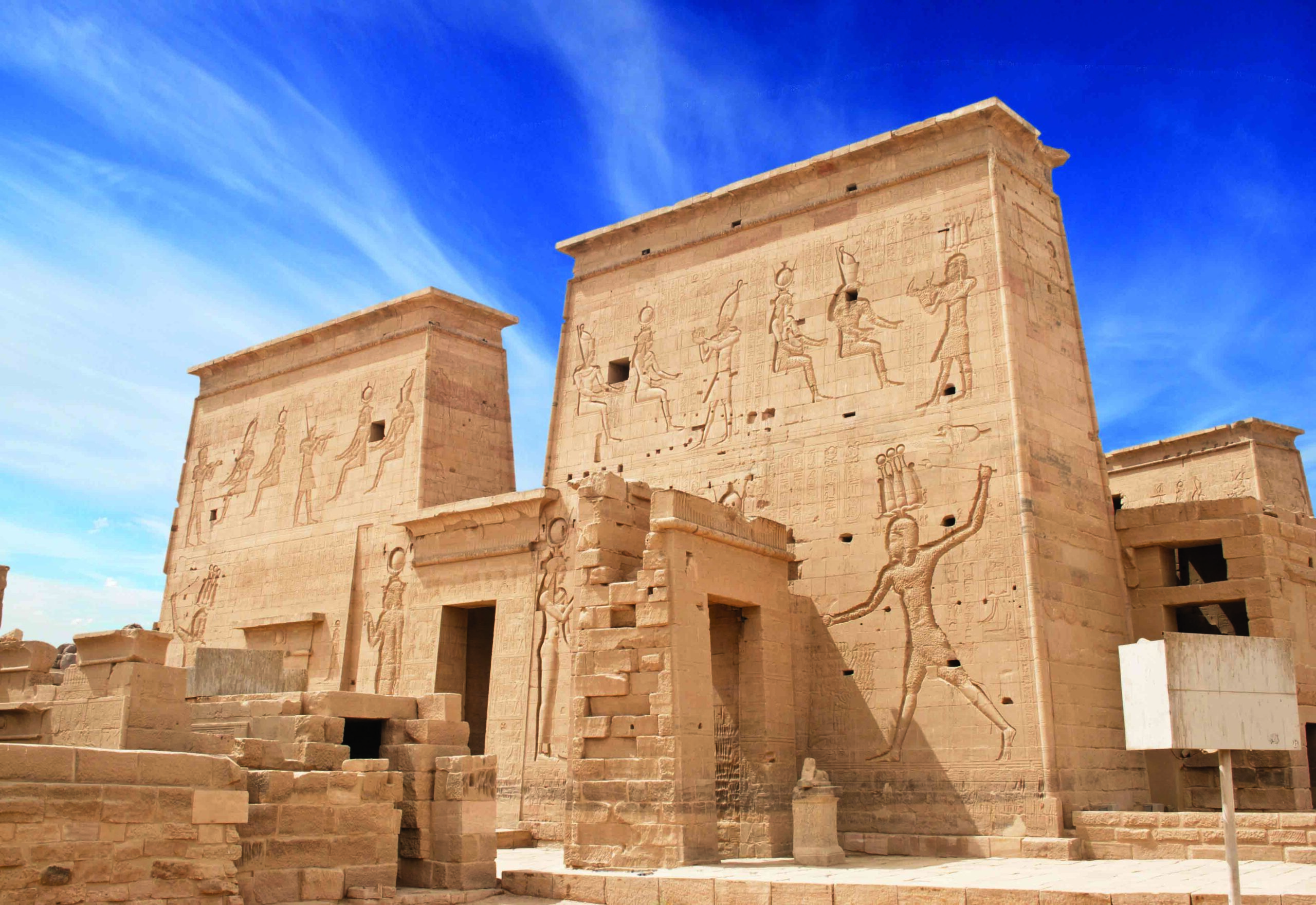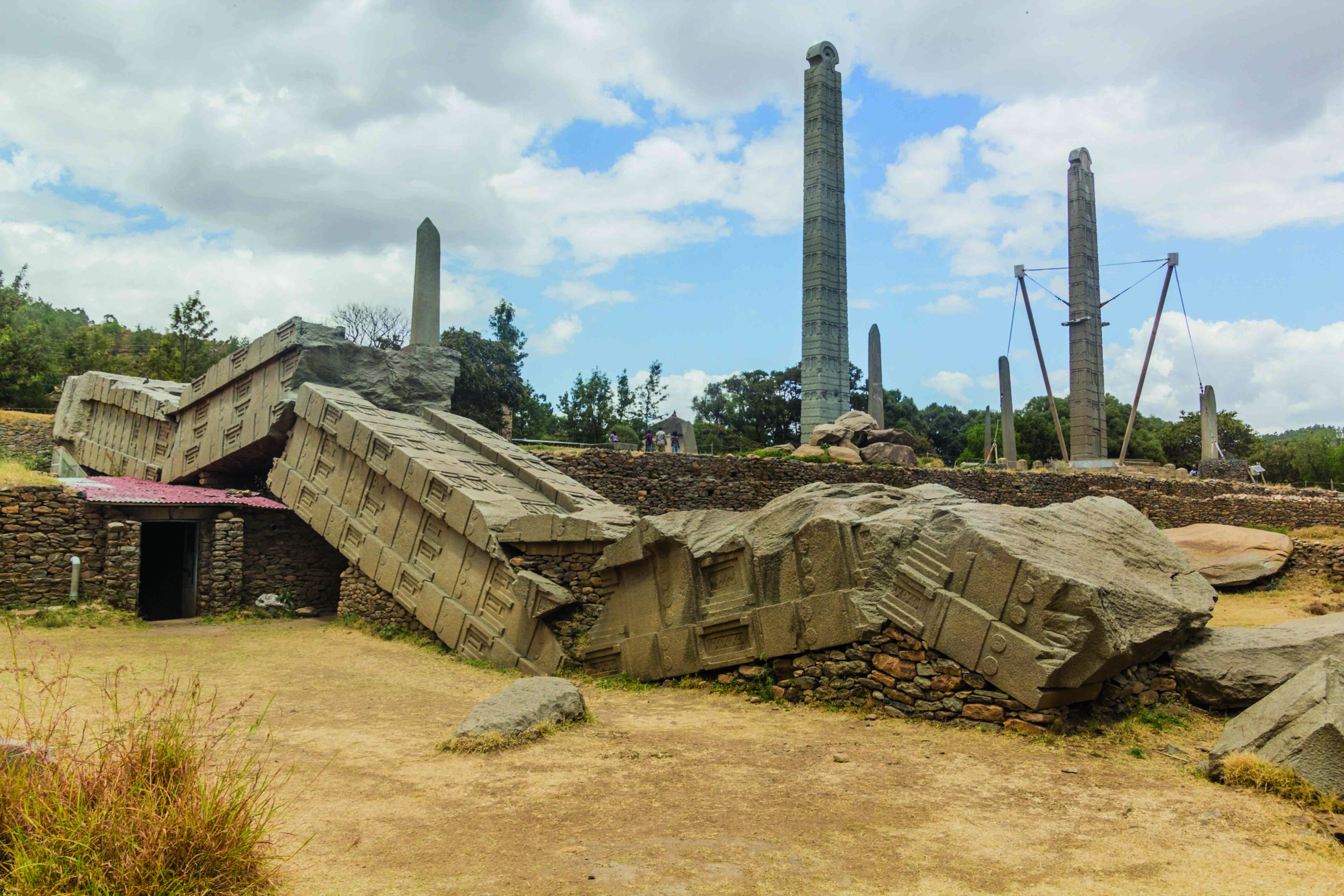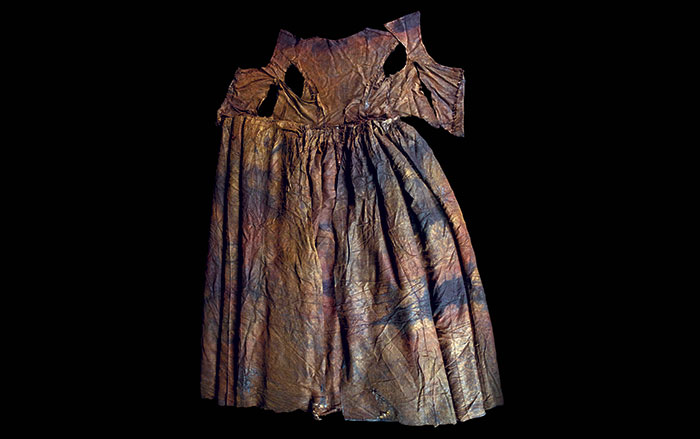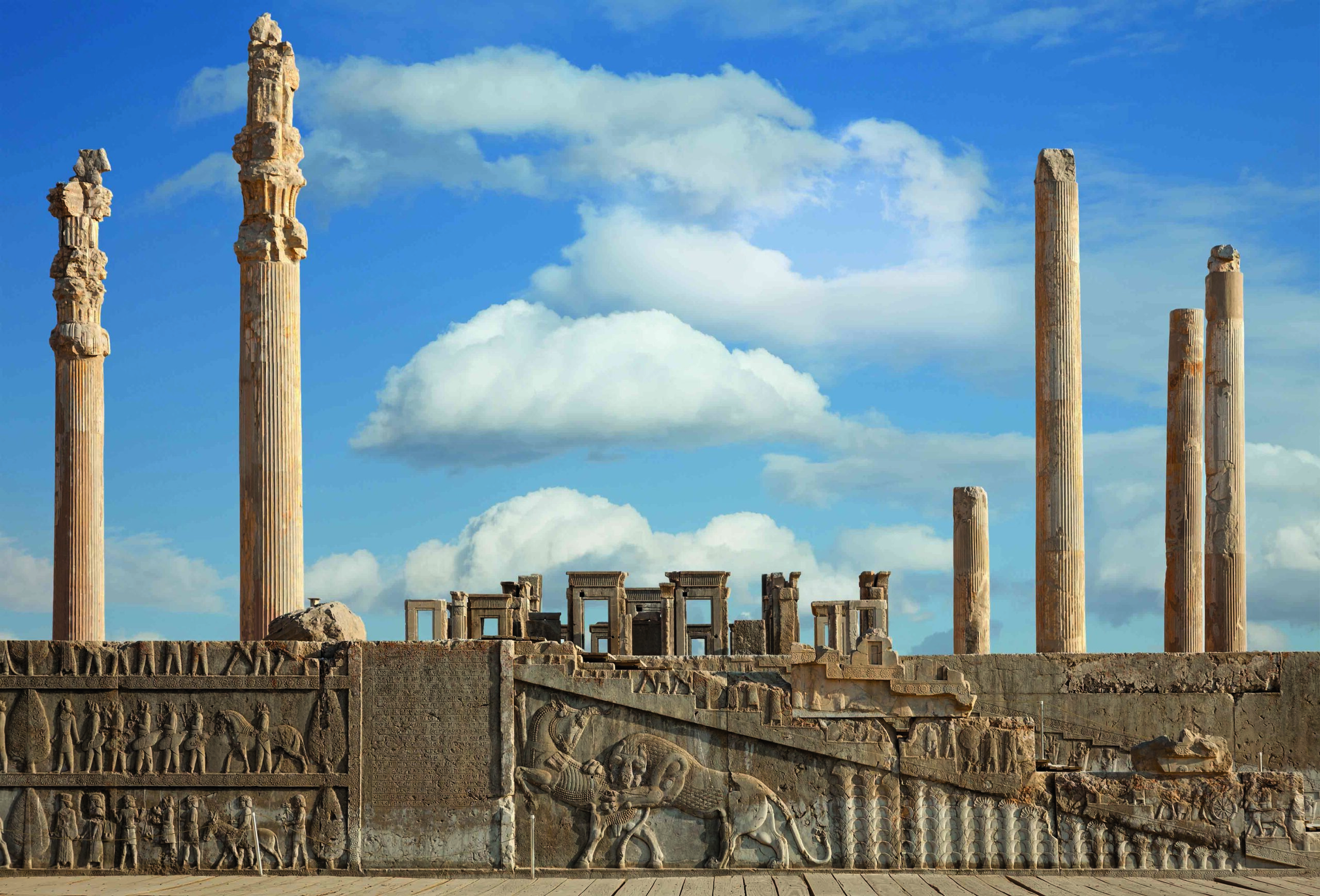
For centuries, layers of soot have coated the ceilings and columns in the entrance hall of Egypt’s Temple of Esna. Now, an Egyptian-German team of researchers, led by Hisham El-Leithy of the Egyptian Ministry of Tourism and Antiquities and Christian Leitz of the University of Tübingen, is restoring the temple’s vibrant painted reliefs to their original brilliance. The paintings mostly date to the first to third century A.D. One of the hall’s recently cleaned ceilings includes images of the planets Mars, Jupiter, and Saturn, as well as representations of decans, or stars and constellations that were used to measure time. It displays strange hybrid animal creatures, which are identified in accompanying inscriptions and may represent constellations. The ceiling also features depictions of the 12 signs of the zodiac.
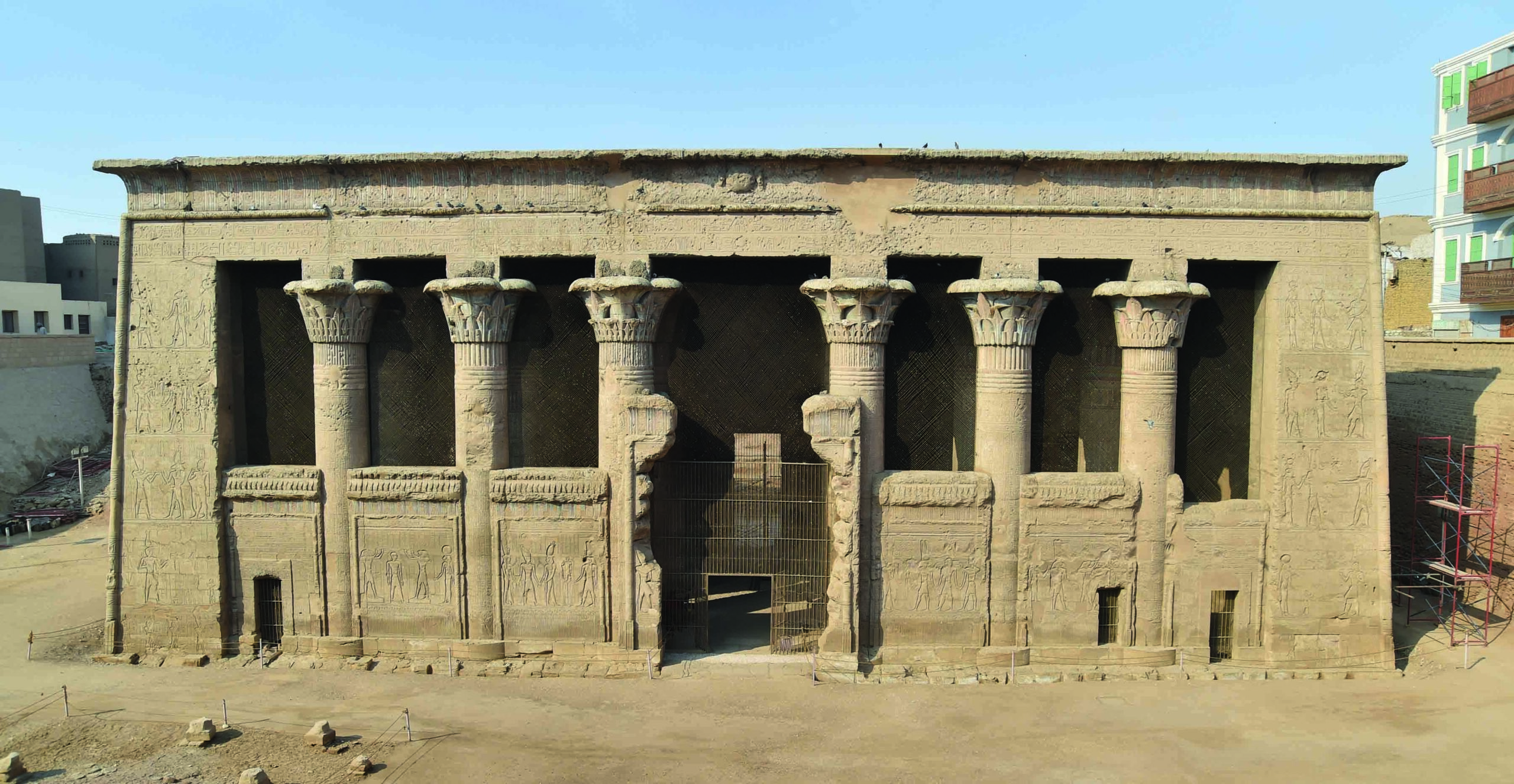
The zodiac system was developed by the Babylonians in the Near East and was introduced to Egypt at the end of the fourth century B.C. During the Ptolemaic period (304–30 B.C.), Leitz explains, the signs became quite popular among Egyptians, who adorned their tombs with their birth signs and inscribed horoscopes on ostracons, broken pottery pieces used as writing surfaces. Nevertheless, the Esna zodiac is one of only three preserved in Egyptian temples. “It’s astonishing because in a normal Egyptian temple, there isn’t anything showing foreign influence,” Leitz says. “This is a remarkable exception.”




